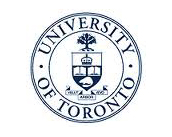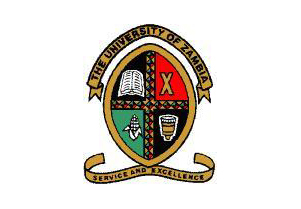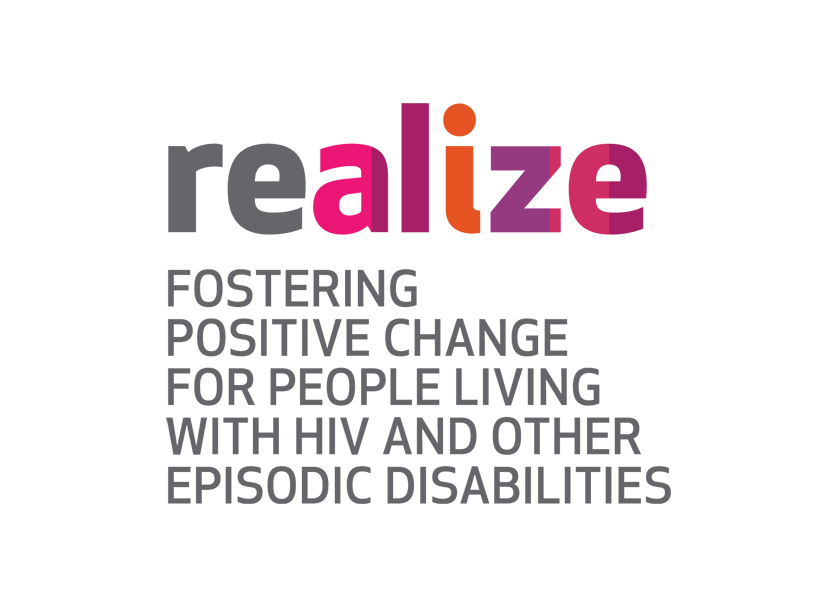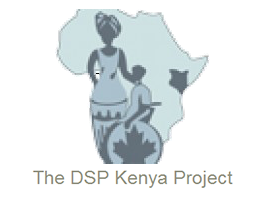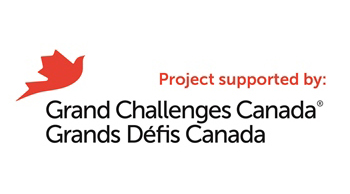How is this resource organized?
This resource is divided into 5 sections as follows:
| Section Title | Section Outline |
|---|---|
Section 1: |
1.1 – How is “rehabilitation” defined in this resource? 1.2 – How can rehabilitation help People Living with HIV in SSA? 1.3 – How can the World Health Organization's "ICF" help us think about rehabilitation for people living with HIV? 1.4 – How can the Episodic Disability Model help us think about rehabilitation for people living with HIV? 1.5 – Who provides rehabilitation for people living with HIV? 1.6 – Do rehabilitation providers need special skills or training to care for people living with HIV? If so, what? 1.7 – What roles do rehabilitation providers have related to HIV in SSA? 1.8 – When is rehabilitation clinical intervention useful along the HIV care continuum? 1.9 – What is the relationship between disability, poverty, HIV and rehabilitation? |
Section 2:
|
2.1 – What do rehabilitation providers need to know about the stages of HIV infection? 2.2 – What do rehabilitation providers need to know about CD4 count and viral load? 2.3 – What is the impact of HIV on body systems and why does this matter for rehabilitation providers? 2.4 – Who do rehabilitation providers treat in SSA? 2.5 – What do rehabilitation providers need to know about 2.6 – What are the precautions that all rehabilitation providers should take regarding HIV and other related co-infections? |
Section 3: |
3.1 – What are the rehabilitation interventions that address impairments common among people living with HIV? 3.1.1 – Mental impairments 3.1.2 – Sensory functions and pain 3.1.3 – Voice and speech functions 3.1.4 – Functions of the cardiovascular, hematological, immunological and respiratory systems 3.1.5 – Functions of the digestive, metabolic and endocrine systems 3.1.6 – Genitourinary and reproductive functions 3.1.7 – Neuromuscular and movement related structures 3.1.8 – Functions of the skin and related structures 3.2 – What are the rehabilitation interventions that can address the activity limitations and participation restrictions common among people living with HIV? 3.3 – More information on rehabilitation interventions for people living with HIV in Sub-Saharan Africa? 3.4 – What do rehabilitation providers need to know about their patients’ beliefs and use of traditional healers, spiritual leaders and alternative therapies outside the formal medical system? |
Section 4:
|
4.1 – What is the role of rehabilitation for children and youth living with HIV and their families? 4.2 – What is the ICF-CY and how can it help us think about the role of rehabilitation for children and youth living with HIV? 4.3 – What are the rehabilitation interventions that address impairments common among children and youth living with HIV? 4.3.1 – Mental functions 4.3.2 – Sensory functions and pain 4.3.3 – Hearing 4.3.4 – Vision 4.3.5 – Sensation 4-3-6 – Voice and speech functions 4.3.7 – Functions of the cardiovascular, hematological, immunological and respiratory systems 4.3.8 – Respiratory Impairments 4.3.9 – Functions of the digestive, metabolic and endocrine systems 4.3.10 – Endocrine disorders 4.3.11 – Neuromusculoskeletal and movement-related functions 4.3.12 – Functions of the skin and related structures 4.4 – What are the rehabilitation interventions that can address the activity limitations and participation restrictions common among children and youth living with HIV? 4.4.1 – Adolescents and Young Adults |
Section 5: |
5.1 – What are outcome measures? 5.2 – Why should rehabilitation providers use outcome measures? 5.3 – How do rehabilitation providers know if an outcome measure will be useful in practice? 5.4 – What are floor (negative) and ceiling (positive) effects in outcome measurement? 5.5 – What is the difference between generic and HIV-specific outcome measures? 5.6 – How should you decide which outcomes measure to use? 5.7 – How do you access a copy of an outcome measure? 5.8 – What are rehabilitation-related outcome measures that can be useful for People Living with HIV in SSA? 5.8.1 – Activities of Daily Living 5.8.2 – Coping Response 5.8.3 – Depression 5.8.4 – Fatigue 5.8.5 – Health-related quality of life 5.8.6 – Presence and nature of symptoms 5.8.7 – Self-management self-efficacy 5.8.8 – Social Support 5.8.9 – Stigma 5.8.10 – Stress |

 Previous Page
Previous Page
